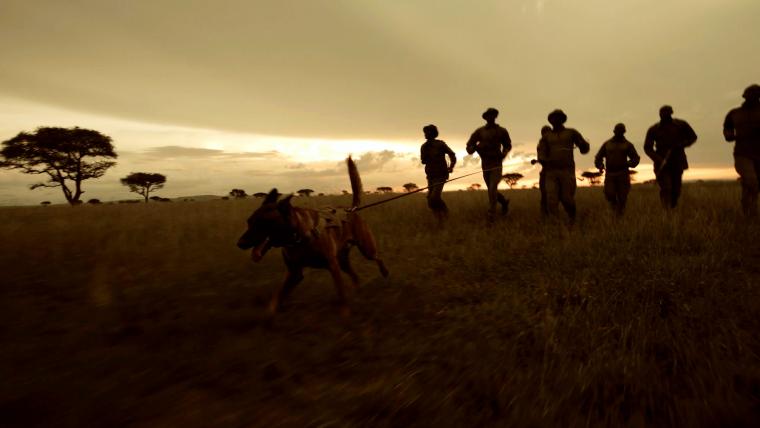
Meet the dogs taking the lead to end the illegal wildlife trade
It’s estimated that a dog can smell anywhere between 10 000 and 100 000 times better than humans – so it’s no wonder they’re leading the fight for wildlife. Pete Coppolillo is the executive director at Working Dogs for Conservation, an international organisation that trains specialised dogs to aid in anti-poaching efforts. The canines that Coppolillo selects are highly-motivated, and use their advanced scent-tracking abilities to bring an end to the countless threats facing animals today. “A dog’s nose truly is the best chemical sensor in the world,” Coppolillo says.
Working Dogs for Conservation has sent their dogs across the globe to combat poaching and preserve indigenous plant species. “It’s not just the humans who are fighting to protect wildlife, our four-legged friends are a big part of the conservation process,” Coppolillo says. The dogs are trained to identify the scent of anything from ivory and rhino horn to invasive plants and elusive animals. Coppolillo’s organisation has always made use of rescued dogs, choosing canines that are driven by the reward of toys. They’re able to get the dogs to cooperate with the end-goal of playing with their handler or owner – finding poachers is just the first step.
In the Serengeti, animals are poached for their meat and the illegal trade. Here, the working dogs have been responsible for buffalo populations increasing tenfold and other large game over fourfold. The dogs are able to follow a specific smell in real-time and sniff out danger to animals and ecosystems. “Our dogs are stopping poaching, ending wildlife trafficking, and preventing the spread of invasive species,” Coppolillo says.
The canines at Working Dogs for Conservation also help with scientific studies and research, essential to aiding the continuation of conservation. The organisation relies on donations to ensure both the handlers and the dogs are equipped with everything they need to get the job done. But for these canines, the greatest prize is time to play with their people. “We’re incredibly lucky,” Coppolillo says. “We love working with the dogs and they love working with us.”
Footage by Working Dogs for Conservation was used in the creation of this film.
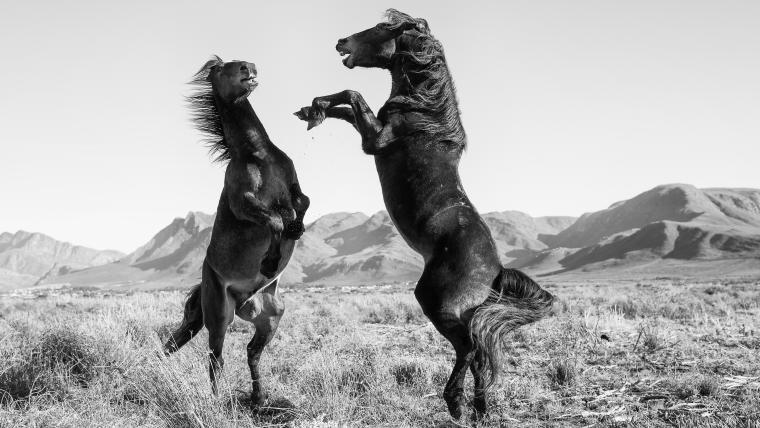

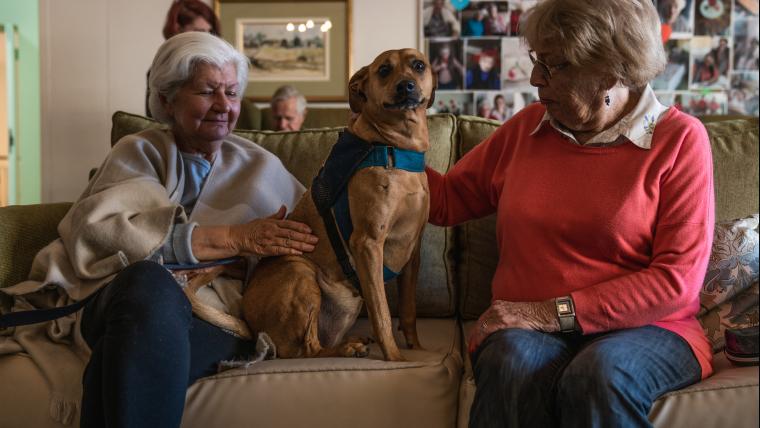

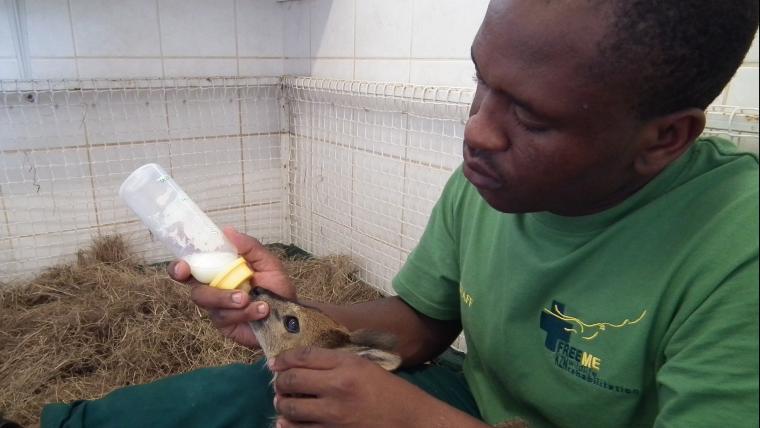
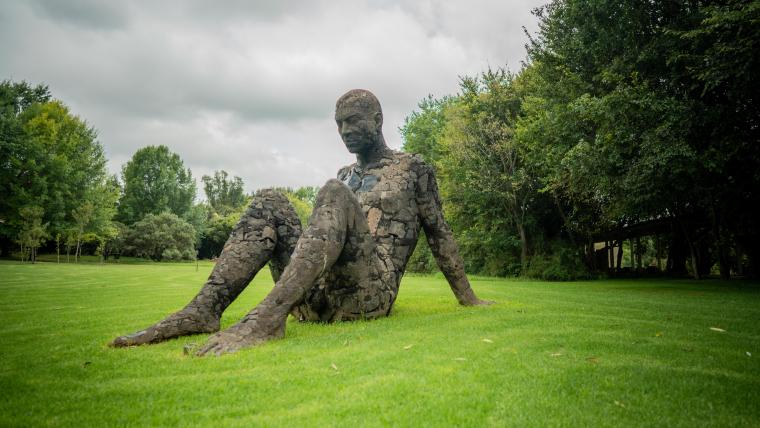
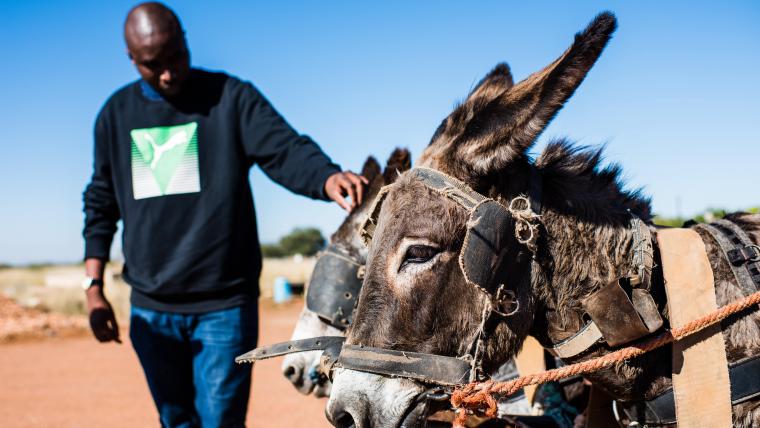
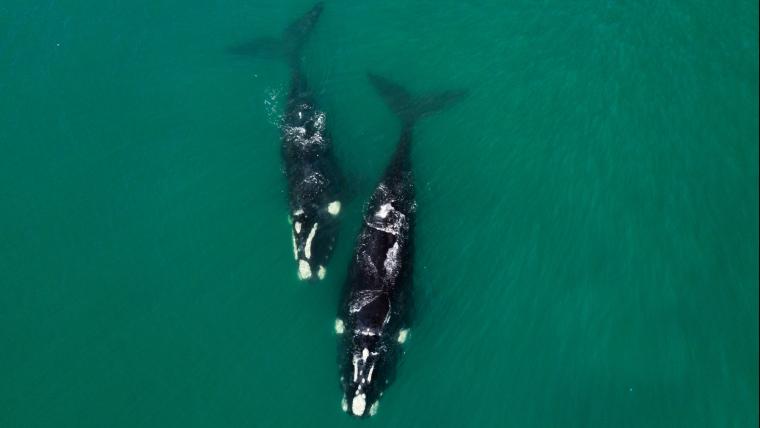

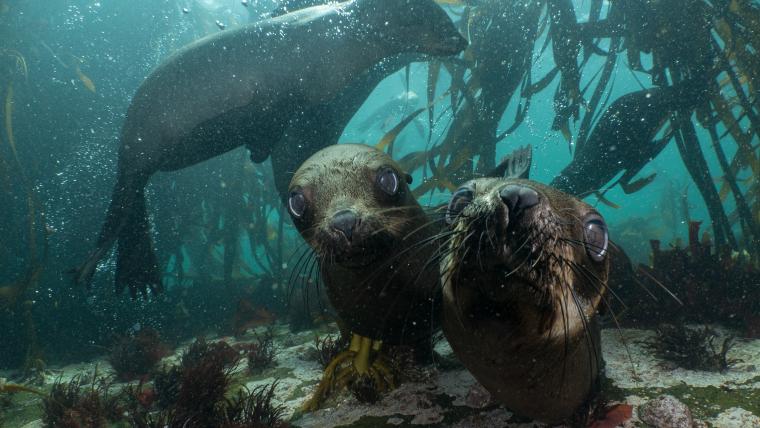




















Please sign in to leave a comment